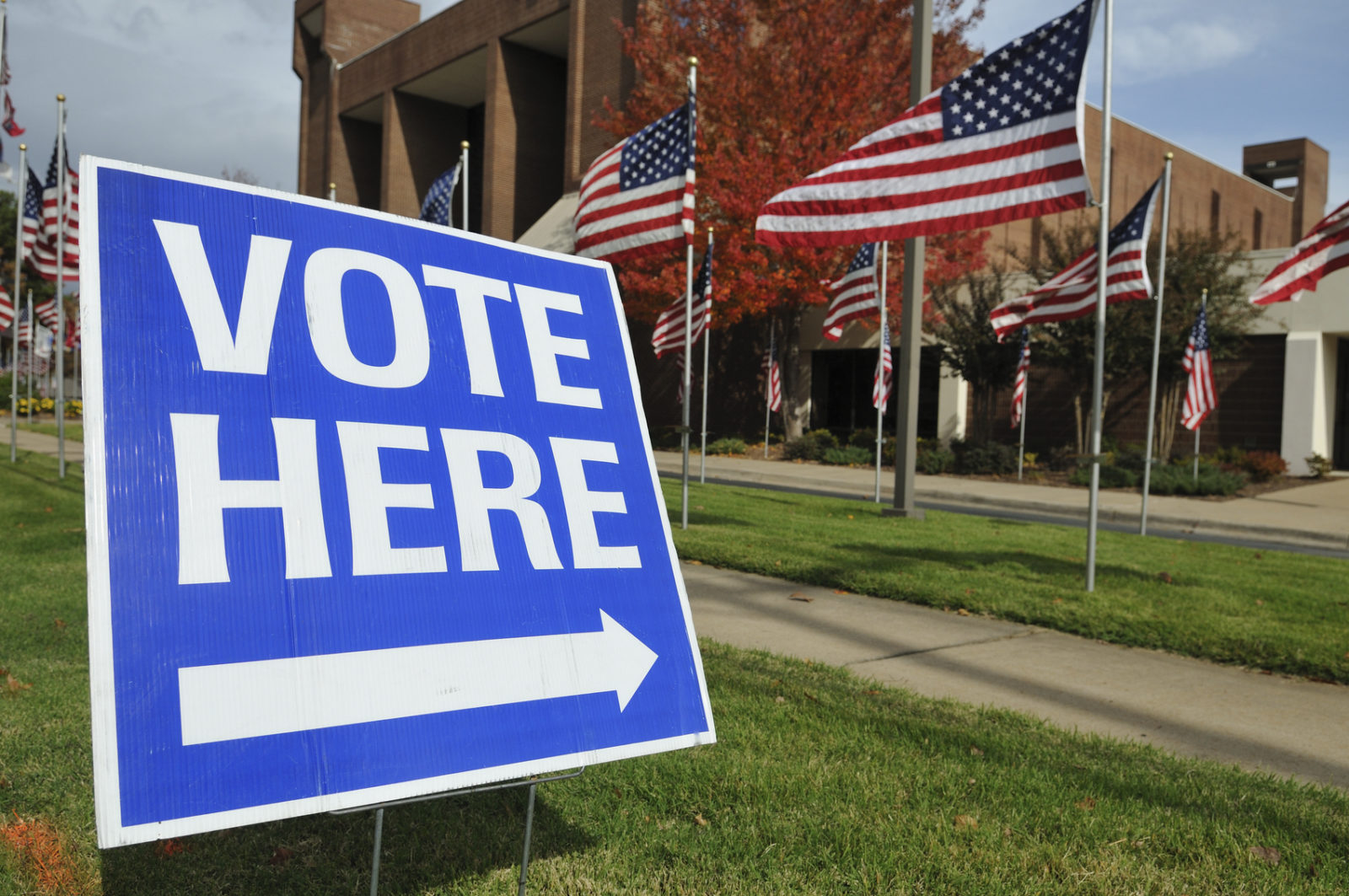Election Day: Prediction Time
WHO WILL WIN? As recently as a few weeks ago the 2016 presidential election was effectively over. You must Subscribe or log in to read the rest of this content.
WHO WILL WIN?
As recently as a few weeks ago the 2016 presidential election was effectively over.
